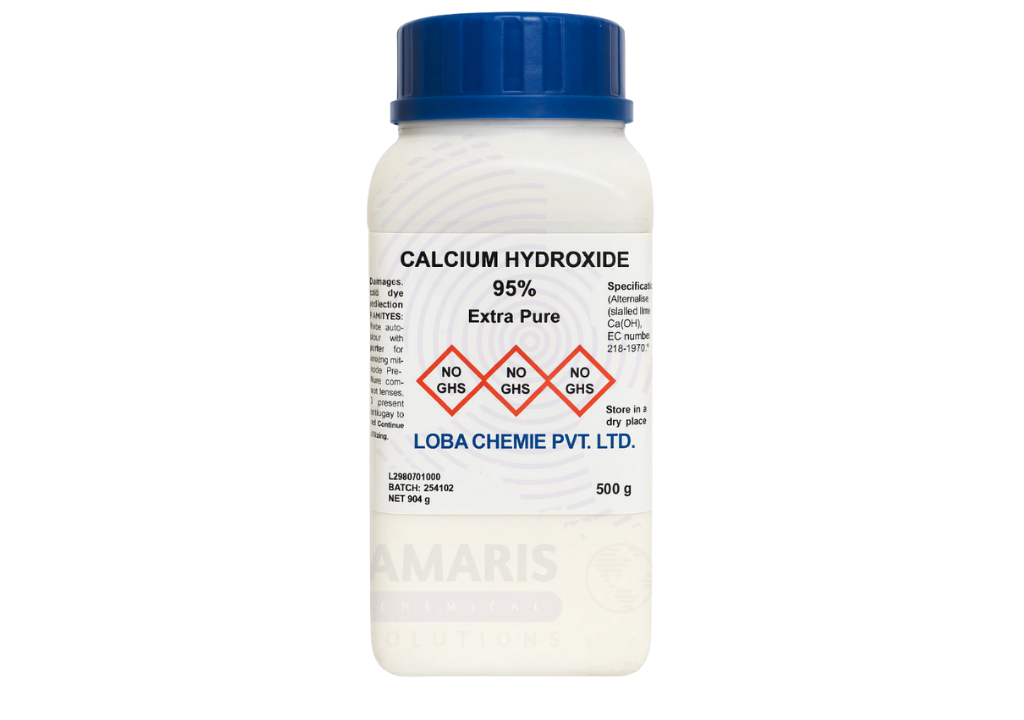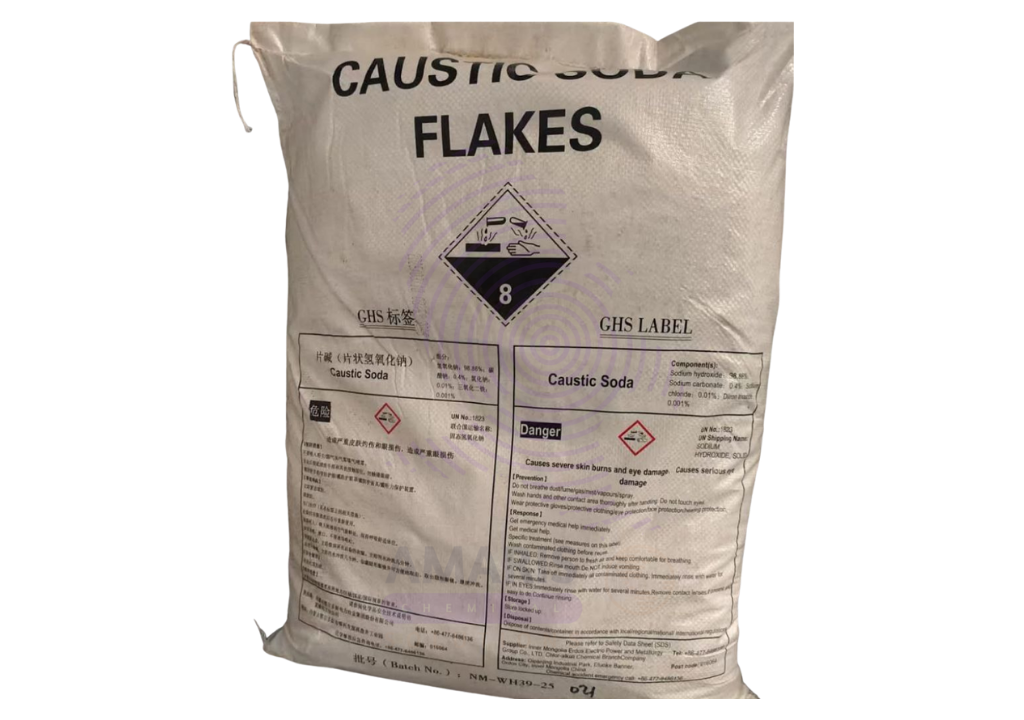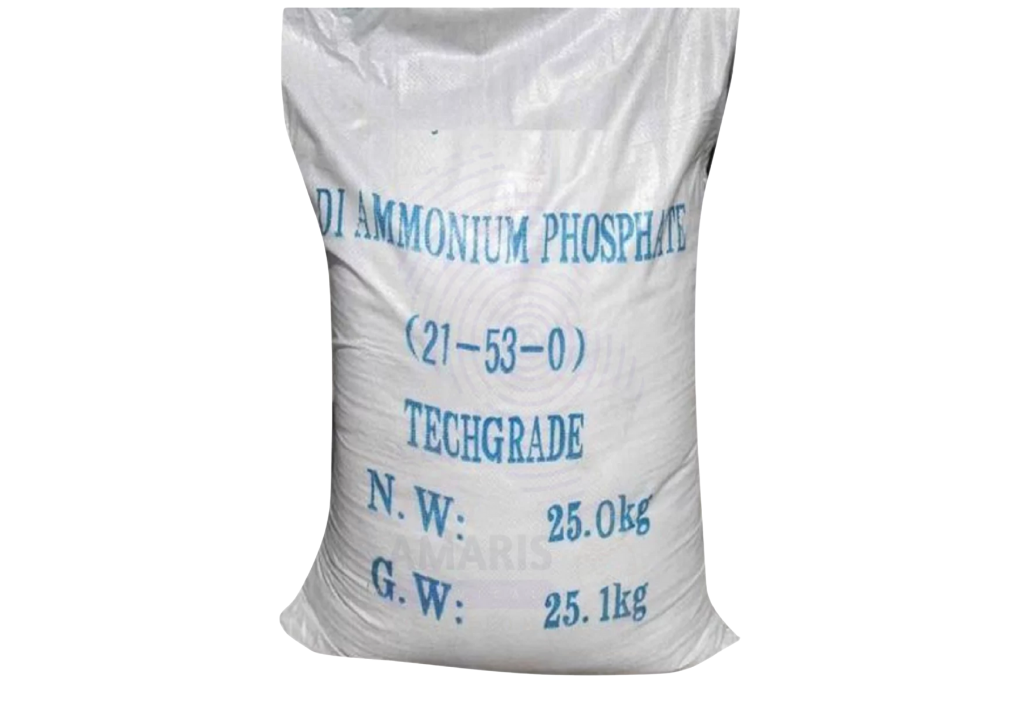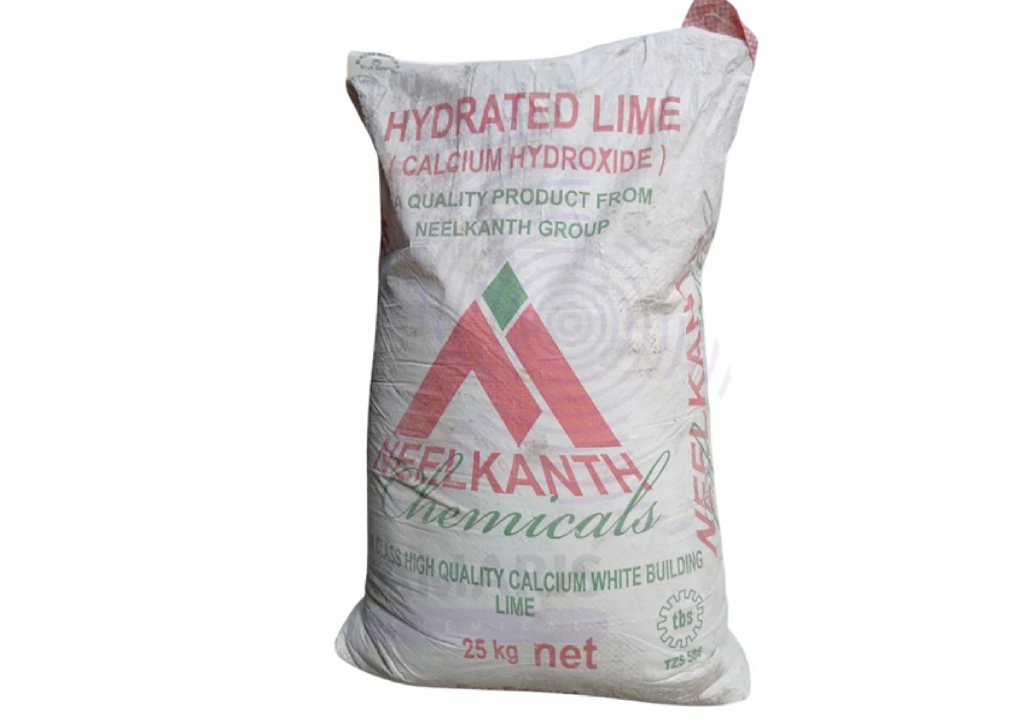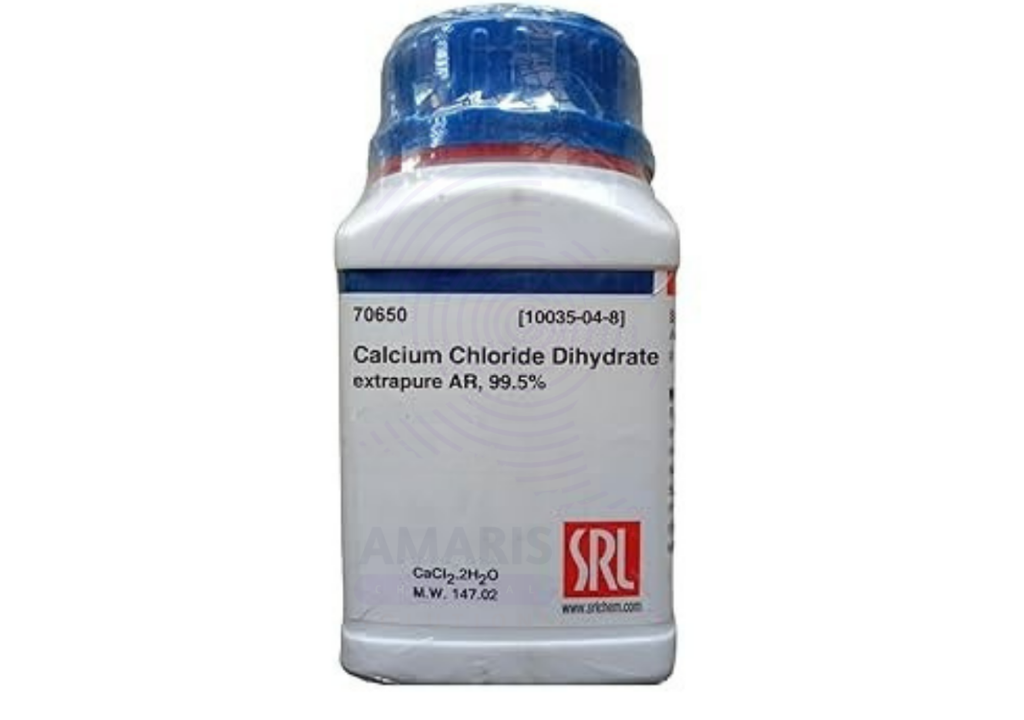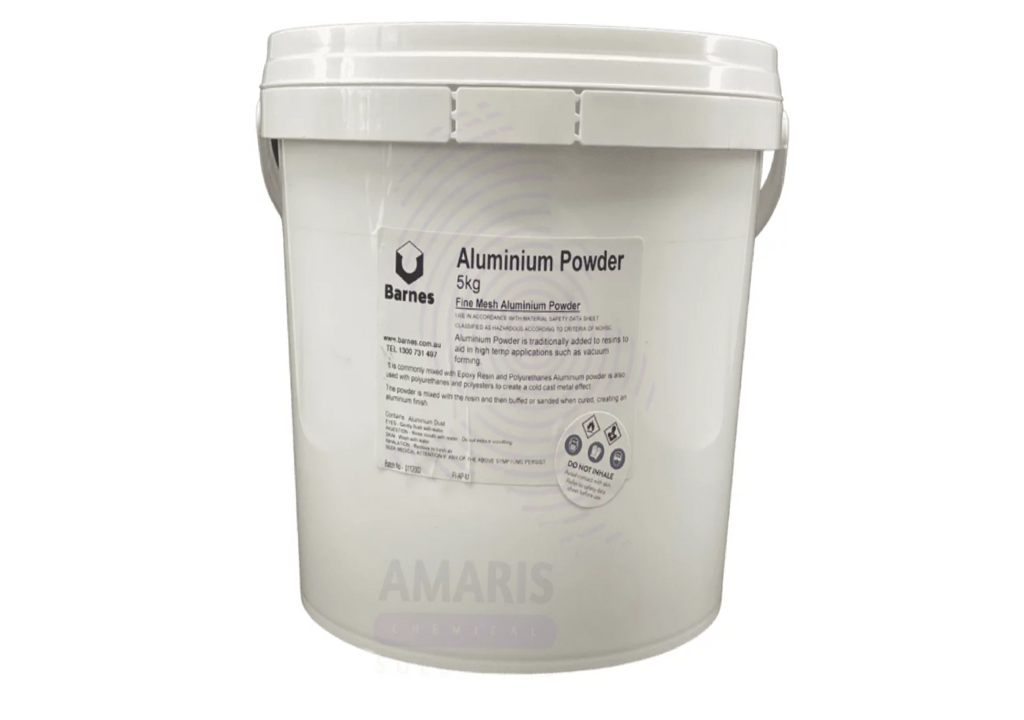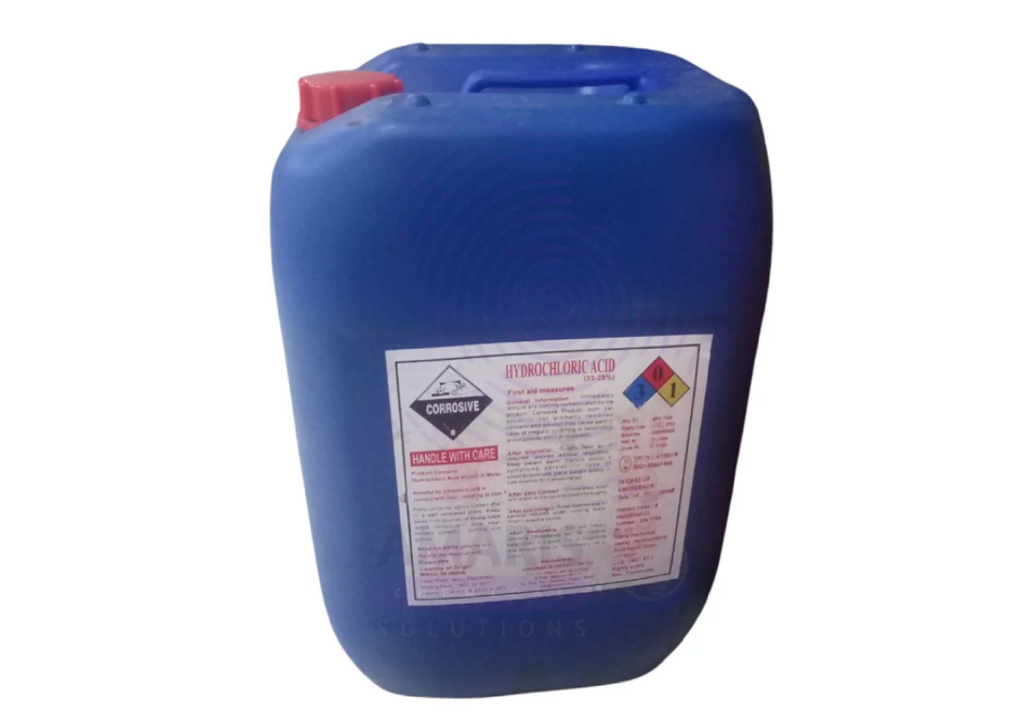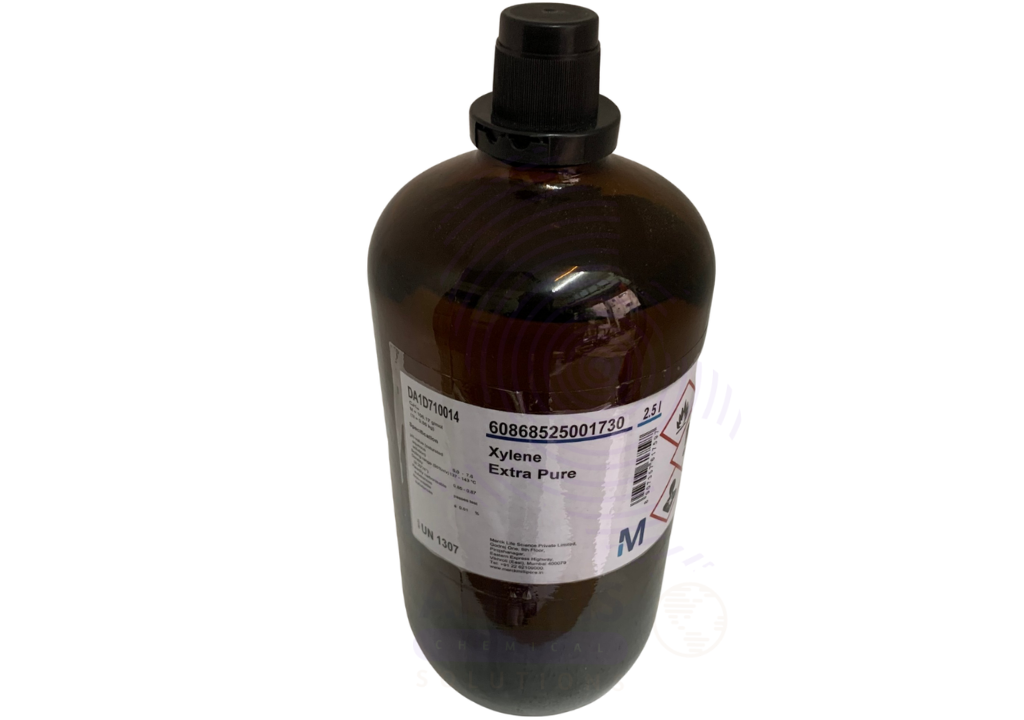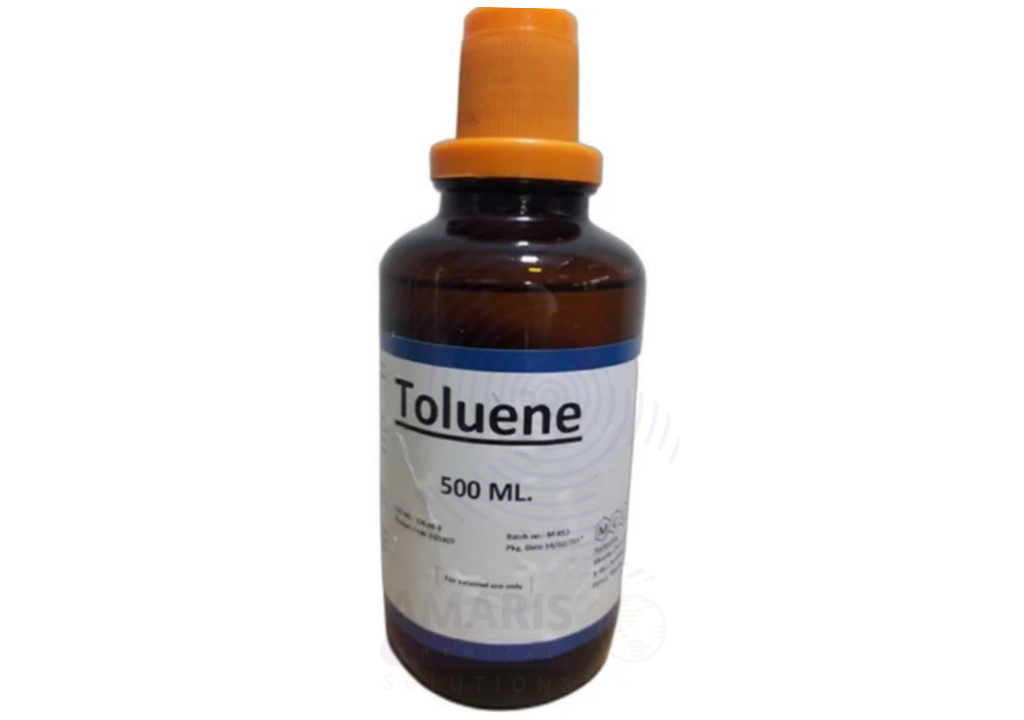Acetic Acid Technical Grade: Industrial Power Behind Everyday Chemistry
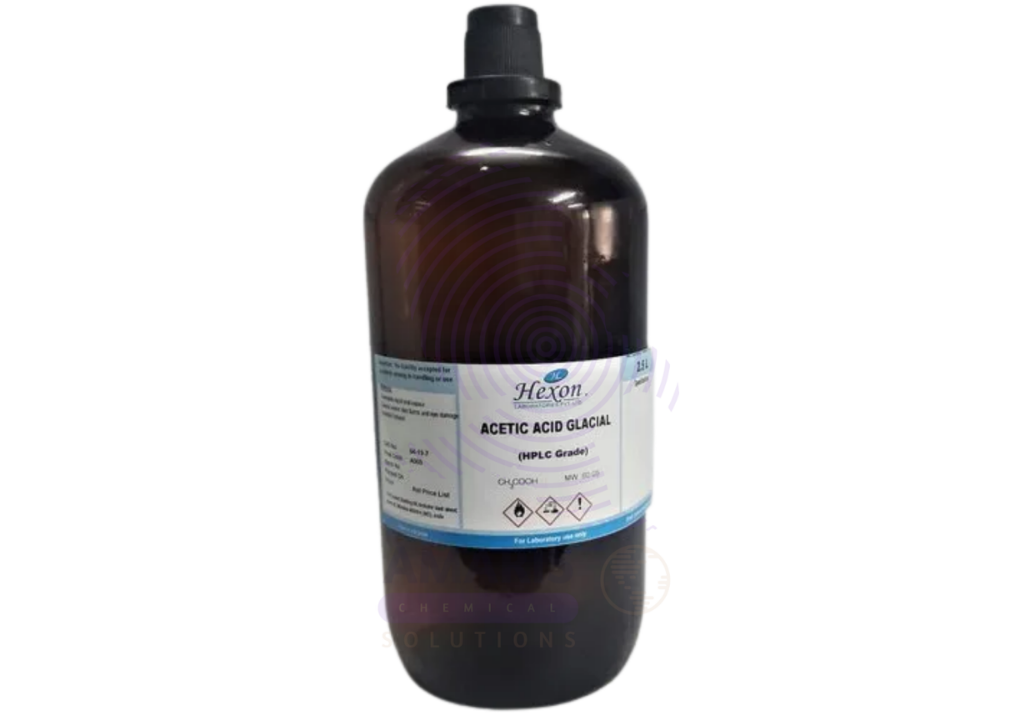
Acetic Acid Technical Grade is one of the most commonly used industrial chemicals, quietly powering processes across industries like textiles, plastics, pharmaceuticals, food production, water treatment, and more. While glacial acetic acid and food-grade acetic acid are often recognized for their purity and roles in labs or food preparation, the technical grade version is the true workhorse of the chemical world.
In this blog, we will explore what makes technical grade acetic acid different, where it is used, and why it remains a staple in industrial applications worldwide.
What is Acetic Acid Technical Grade?
Acetic acid (CH₃COOH), also known as ethanoic acid, is a simple carboxylic acid that gives vinegar its sour taste and pungent smell. Technical grade acetic acid typically has a purity between 85%–99%, depending on the intended use. It is not meant for food or high-precision analytical work but is perfect for large-scale industrial applications.
It appears as a clear, colorless liquid with a sharp, vinegar-like odor. When undiluted and at higher concentrations, it is also referred to as glacial acetic acid due to its tendency to form ice-like crystals below 16.7°C.
Key Physical & Chemical Properties:
- Chemical Formula: CH₃COOH
- Molecular Weight: 60.05 g/mol
- Boiling Point: 118 °C
- Melting Point: 16.7 °C
- Density: ~1.05 g/cm³
- Solubility: Miscible with water, alcohol, and ether
- Odor: Pungent, vinegar-like
These properties make it highly versatile and reactive, which is exactly what industries need in various manufacturing and processing workflows.
Common Industrial Applications
1. Textile & Dyeing Industry
Acetic acid technical grade plays a key role in the dyeing process, helping control pH and improve dye fixation on synthetic fibers such as polyester and nylon. It prevents damage to fabric and helps achieve vibrant, consistent coloring.
2. Plastic & Polymer Manufacturing
This acid is a raw material in the production of vinyl acetate monomer (VAM), which is used to manufacture polymers like polyvinyl acetate (PVA) and polyvinyl alcohol (PVOH), crucial in adhesives, paints, coatings, and packaging.
3. Chemical Synthesis & Solvent Use
As a polar protic solvent and mild acid, technical grade acetic acid is employed in various chemical synthesis reactions, including esterifications, organic compound purification, and metal cleaning operations.
4. Cleaning and Descaling Agent
Its ability to dissolve limescale, mineral deposits, and rust makes acetic acid a common ingredient in industrial cleaners, descalers, and degreasers for pipes, equipment, and cooling towers.
5. Water Treatment
In water treatment plants, acetic acid is used to regulate pH, reduce scaling, and facilitate the breakdown of organic compounds in wastewater, especially in biological treatment processes.
6. Agrochemical and Fertilizer Production
Acetic acid serves as an intermediate in the synthesis of various agrochemicals and is sometimes used to reduce microbial load in agricultural irrigation systems.
Safety and Handling
Despite its common use, acetic acid technical grade is corrosive and must be handled with care:
Personal Protective Equipment (PPE):
- Safety goggles or face shield
- Nitrile gloves
- Lab coat or industrial apron
- Respirator if vapor concentrations are high
Handling & Storage:
- Always work in well-ventilated areas or under fume hoods
- Store in tightly sealed, labeled containers made of compatible materials like HDPE or glass
- Keep away from strong oxidizing agents and open flames
- Avoid direct contact with skin, eyes, and mucous membranes
First Aid Measures:
- Skin/Eye Contact: Rinse immediately with plenty of water for 15–20 minutes
- Inhalation: Move to fresh air; seek medical help if irritation continues
- Ingestion: Do not induce vomiting; get medical assistance right away
Environmental Considerations
Though biodegradable, acetic acid in large quantities can be hazardous to aquatic life due to its low pH. Spills should be neutralized with a weak base (like sodium bicarbonate) and cleaned up in compliance with local environmental regulations.
Final Thoughts
Acetic Acid Technical Grade is a practical, powerful, and economically viable acid that serves as a foundation in many manufacturing and processing systems. Its balance of reactivity and affordability makes it a go-to acid for industries that demand consistency without the cost of higher purity grades.
While it’s not suitable for food or pharmacological applications, its widespread industrial value cannot be overstated. With proper handling and storage, acetic acid remains one of the most efficient acids in the industrial chemist’s toolkit.


 Preservatives(food)
Preservatives(food) Flavor Enhancers
Flavor Enhancers Acidulants
Acidulants Sweeteners
Sweeteners Antioxidants
Antioxidants Colorants(food)
Colorants(food) Nutraceutical Ingredients (food)
Nutraceutical Ingredients (food) Nutrient Supplements
Nutrient Supplements Emulsifiers
Emulsifiers
 Collectors
Collectors Dust Suppressants
Dust Suppressants Explosives and Blasting Agents
Explosives and Blasting Agents Flocculants and Coagulants
Flocculants and Coagulants Frothers
Frothers Leaching Agents
Leaching Agents pH Modifiers
pH Modifiers Precious Metal Extraction Agents
Precious Metal Extraction Agents
 Antioxidants(plastic)
Antioxidants(plastic) Colorants (Pigments, Dyes)
Colorants (Pigments, Dyes) Fillers and Reinforcements
Fillers and Reinforcements Flame Retardants
Flame Retardants Monomers
Monomers Plasticizers
Plasticizers Polymerization Initiators
Polymerization Initiators Stabilizers (UV, Heat)
Stabilizers (UV, Heat)
 Antifoaming Agents
Antifoaming Agents Chelating Agents
Chelating Agents Coagulants and Flocculants
Coagulants and Flocculants Corrosion Inhibitors
Corrosion Inhibitors Disinfectants and Biocides
Disinfectants and Biocides Oxidizing Agents
Oxidizing Agents pH Adjusters
pH Adjusters Scale Inhibitors( water)
Scale Inhibitors( water)
 Antioxidants(cosmetic)
Antioxidants(cosmetic) Emollients
Emollients Fragrances and Essential Oils
Fragrances and Essential Oils Humectants
Humectants Preservatives
Preservatives Surfactants(cosmetic)
Surfactants(cosmetic) Thickeners
Thickeners UV Filters
UV Filters
 Fertilizers
Fertilizers Soil Conditioners
Soil Conditioners Plant Growth Regulators
Plant Growth Regulators Animal Feed Additives
Animal Feed Additives Biostimulants
Biostimulants Pesticides (Herbicides, Insecticides, Fungicides)
Pesticides (Herbicides, Insecticides, Fungicides)
 Active Pharmaceutical Ingredients (APIs)
Active Pharmaceutical Ingredients (APIs) Excipients
Excipients Solvents(pharmaceutical)
Solvents(pharmaceutical) Antibiotics
Antibiotics Antiseptics and Disinfectants
Antiseptics and Disinfectants Vaccine Adjuvants
Vaccine Adjuvants Nutraceutical Ingredients (pharmaceutical)
Nutraceutical Ingredients (pharmaceutical) Analgesics & Antipyretics
Analgesics & Antipyretics
 Analytical Reagents
Analytical Reagents Solvents(lab)
Solvents(lab) Chromatography Chemicals
Chromatography Chemicals Spectroscopy Reagents
Spectroscopy Reagents microbiology-and-cell-culture-reagents
microbiology-and-cell-culture-reagents Molecular Biology Reagents
Molecular Biology Reagents Biochemical Reagents
Biochemical Reagents Inorganic and Organic Standards
Inorganic and Organic Standards Laboratory Safety Chemicals
Laboratory Safety Chemicals Specialty Laboratory Chemicals(Special Laboratory Equipment)
Specialty Laboratory Chemicals(Special Laboratory Equipment)
 Demulsifiers
Demulsifiers Hydraulic Fracturing Fluids
Hydraulic Fracturing Fluids Scale Inhibitors(oil)
Scale Inhibitors(oil) Surfactants(oil)
Surfactants(oil) Drilling Fluids
Drilling Fluids
 Dyes and Pigments
Dyes and Pigments Bleaching Agents
Bleaching Agents Softening Agents
Softening Agents Finishing Agents
Finishing Agents Antistatic Agents
Antistatic Agents
 Admixtures
Admixtures Waterproofing Agents
Waterproofing Agents Sealants and Adhesives
Sealants and Adhesives Curing Compounds
Curing Compounds Concrete Repair Chemicals
Concrete Repair Chemicals Anti-Corrosion Coatings
Anti-Corrosion Coatings
 Surfactants(cleaning)
Surfactants(cleaning) Builders
Builders Enzymes
Enzymes Solvents (Cleaning)
Solvents (Cleaning) Fragrances
Fragrances
 Electronic Chemicals
Electronic Chemicals Catalysts
Catalysts Lubricants
Lubricants Photographic Chemicals
Photographic Chemicals Refrigerants
Refrigerants Automotive chemicals
Automotive chemicals Pyrotechnic Chemicals
Pyrotechnic Chemicals
 Biodegradable Surfactants
Biodegradable Surfactants Bio-based Solvents
Bio-based Solvents Renewable Polymers
Renewable Polymers Carbon Capture Chemicals
Carbon Capture Chemicals Wastewater Treatment Chemicals
Wastewater Treatment Chemicals
 Pigments
Pigments Solvents(paint)
Solvents(paint) Specialty Coatings
Specialty Coatings Binders/Resins
Binders/Resins Additives
Additives Driers
Driers Anti-Corrosion Agents
Anti-Corrosion Agents Functional Coatings
Functional Coatings Application-Specific Coatings
Application-Specific Coatings
 Fresh Herbs
Fresh Herbs Ground Spices
Ground Spices Whole Spices
Whole Spices Spice Blends
Spice Blends Dried Herbs
Dried Herbs
 Leavening Agents
Leavening Agents Dough Conditioners
Dough Conditioners Flour Treatments
Flour Treatments Fat Replacers
Fat Replacers Decoratives
Decoratives Preservatives(baking)
Preservatives(baking)
 Plasticizers & Softeners
Plasticizers & Softeners Reinforcing Agents
Reinforcing Agents Adhesion Promoters
Adhesion Promoters Vulcanizing Agents
Vulcanizing Agents Antidegradants
Antidegradants Blowing Agents
Blowing Agents Fillers & Extenders
Fillers & Extenders Accelerators & Retarders
Accelerators & Retarders
